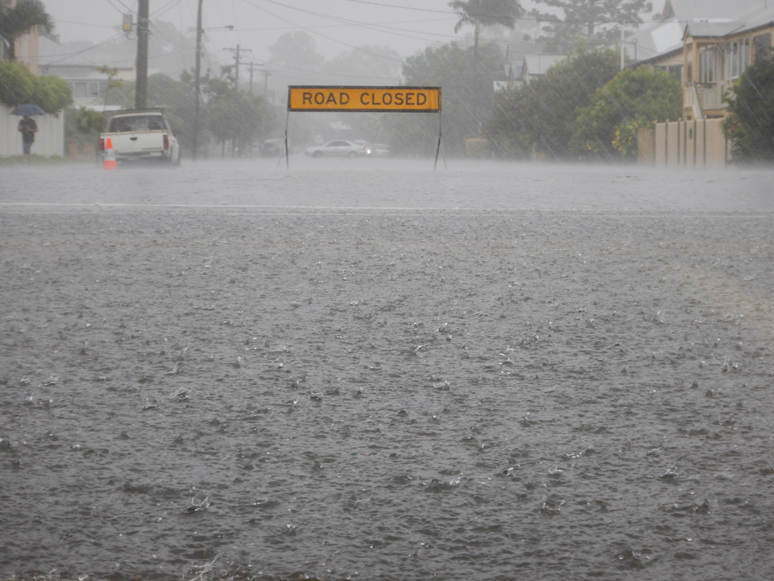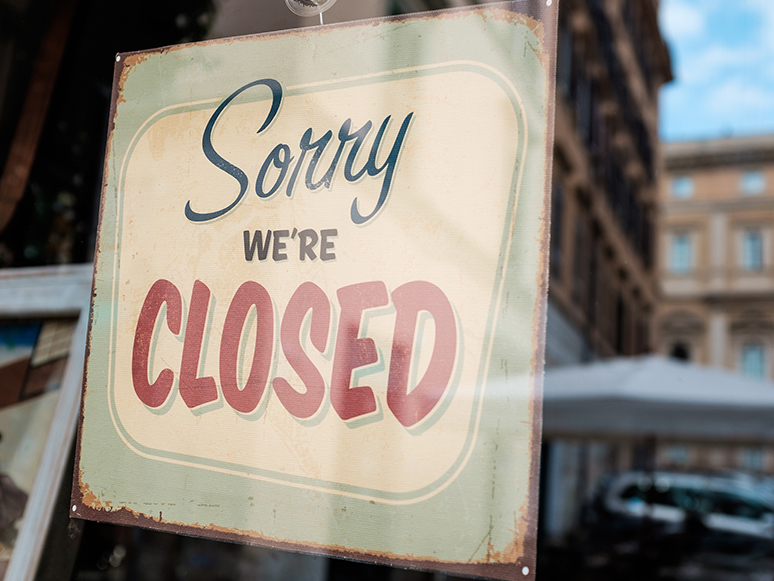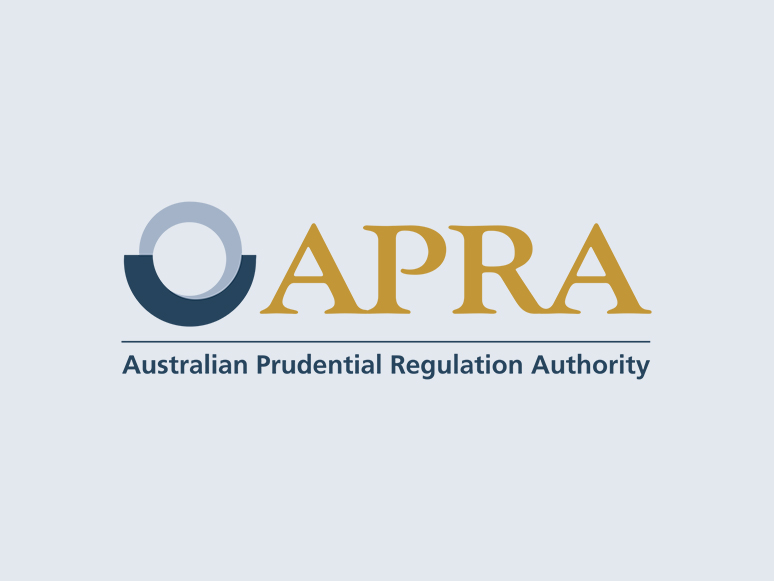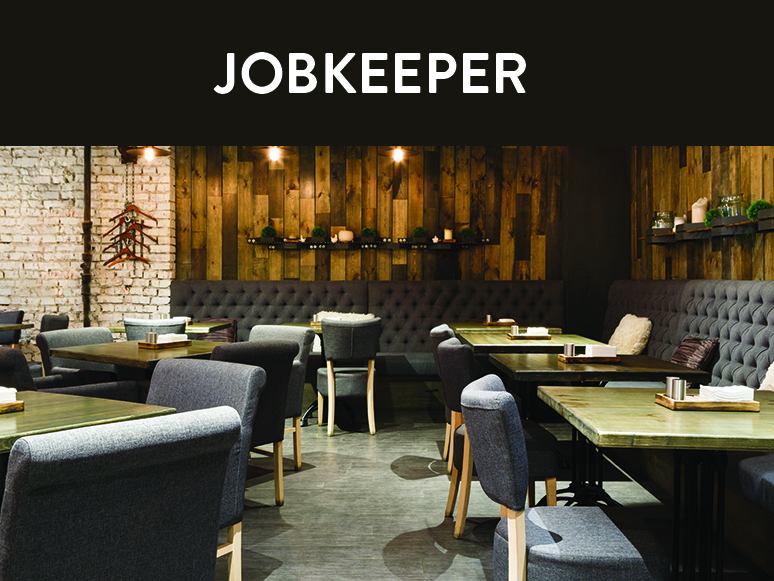logo


19th Dec, 2023

Treasury has released the Independent Evaluation of the JobKeeper Payment Final Report. The report considers both the impact and processes of JobKeeper. The evaluation assesses the effectiveness of JobKeeper in achieving its objectives, and records lessons learned from the design and implementation of JobKeeper, with a view to informing future policy responses.
JobKeeper was a central pillar of the policy response in Australia to the COVID-19 pandemic. It was a wage subsidy and income support program announced on 30 March 2020, as the third instalment in a series of economic support packages introduced in the space of three weeks. Modifications to policy design, including changes to eligibility criteria and the payment rate and structure, were made following a three-month review. JobKeeper remained in place until 28 March 2021.
The report finds that JobKeeper provided certainty during a crisis, and its take-up was high. It provided support to around four million employees – almost one-third of Australia’s pre-pandemic employment population – and around one million businesses.
Credible estimates suggest that JobKeeper preserved between roughly 300,000 and 800,000 jobs.
With a total cost of $88.8 billion, JobKeeper was the one of the largest fiscal and labour market interventions in Australia’s history. The initial six months of the program cost approximately $70 billion. The first and second three-month extensions cost around $13 billion and $6 billion respectively.
JobKeeper was implemented with incredible speed and was well managed, the report finds. The incidence of fraud was low, and in particular lower than for other ATO-administered programs and taxes such as the cashflow boost, GST tax receipts and large corporate groups income tax.
However, the report says, narrow recipient eligibility and exclusions reduced the effectiveness of JobKeeper and had negative economic consequences.
Exclusions based on employee characteristics such as being a short-term casual or temporary migrant worker compromised the efficacy of JobKeeper and “led to worse outcomes”. In particular, the exclusion of short- term migrants from JobKeeper likely reduced the productive capacity of the Australian economy and constrained recovery in some sectors.
The report states that transparency requirements should be built into policy design to “build public trust and enable appropriate scrutiny of public expenditures”. JobKeeper did not include in its design a public registry or disclosure requirement for entities that received the payment.
JobKeeper was a policy designed for an extraordinary situation. While it was justified during the pandemic, such a policy should be reserved for a macroeconomic crisis and is not appropriate for industry or region- specific shocks or downturns in Australia, the report says.
24th Aug, 2021

The ATO has a range of year-end tax time options to support taxpayers who have been affected by the COVID-19 pandemic and recent natural disasters.
Income statements can be accessed in ATO online services through myGov accounts from 14 July.
The ATO also reminds those who may have lost, damaged or destroyed tax records due to natural disasters that some records can be accessed through their myGov account or their registered tax agent. For lost receipts, the ATO can accept “reasonable claims without evidence, so long as it’s not reasonably possible to access the original documents”. A justification may be required on how a claim is calculated.
Payments received as an employee will be automatically included in the employee’s income statement as either salary and wages or as an allowance. However, sole traders who received JobKeeper payment on behalf of their business will need to include the payment as assessable income for the business.
Payments received will be automatically included in the tax return at the Government Payments and Allowances question from 14 July.
Employees receiving one-off or regular payments from their employer after being temporarily stood down due to COVID-19 should expect to see those payments automatically included in their income statement as part of their tax return.
The Australian Government (through Services Australia) COVID-19 Disaster Payment for people affected by restrictions is taxable. Taxpayers are advised to ensure they include this income when lodging their returns.
The tax treatment of assistance payments can vary; the ATO website outlines how a range of disaster payments impact tax returns and includes guidance on COVID-19 payments, including the taxable pandemic leave disaster payment.
Early access to superannuation under the special arrangements due to COVID-19 is tax free and does not need to be declared in tax returns.
17th Nov, 2020

An additional category for alternative “decline in turnover” tests is now available for the purposes of the revised JobKeeper payment system (which commenced on 28 September 2020) for entities that temporarily ceased trading for some or all of the relevant comparative period.
Under the revised system, an entity must have had an actual decline in its turnover for the applicable quarter relative to the same quarter in 2019. This generally involves making a one-to-one comparison of the 2020 numbers to those in the corresponding period in 2019, to see if it exceeds the 15%, 30% or 50% decline threshold (depending the type of entity).
Alternative tests can only be used if there is not an “appropriate relevant comparison period” in 2019, and four requirements must be satisfied for an entity to use the alternative tests for the new “temporary cessation of business” category. That is, in the comparison period:
17th Nov, 2020

The Australian Prudential Regulation Authority (APRA) has published new guidance on the interaction between JobKeeper payments and satisfying the “work test” for the purpose of voluntary superannuation contributions.
Where an individual is aged 67–74 and is stood down from their employment due to the impacts of COVID-19 but is in receipt of the JobKeeper payment, APRA says a super fund trustee can accept a personal contribution from that individual under the super “work test” rules. APRA’s view is that where an employer is receiving the JobKeeper wage subsidy for an individual, registrable superannuation entity (RSE) licensees should consider the individual to be “gainfully employed” for the purposes of the “work test”, even if that individual has been fully stood down and is not actually performing work. In APRA’s view, this is appropriate because the individual is still employed and is obtaining a valuable benefit from their employer.
17th Oct, 2020

The ATO has also released an array of new and updated information sheets addressing the changes to JobKeeper. Here is a summary of some main points to consider.
The ATO states that the actual decline in turnover test can be satisfied in two ways, using:
The basic test involves the comparison of actual GST turnover for the relevant comparison periods (eg September 2020 to September 2019). Generally, businesses will use the basic test. The option of an alternative test has been made available for some cases where the normal comparison period is not appropriate. There is also a modified basic test for group employer labour entities.
The actual decline test is similar to the “original” decline in turnover test, except that:
The ATO states that existing JobKeeper participants have already satisfied the original decline in turnover test, and do not need to satisfy it again. They do, however, need to satisfy the actual decline in turnover test.
New participants also need to satisfy the actual decline in turnover test. Although they need to satisfy the original decline in turnover test, they will satisfy it if they satisfy the actual decline in turnover test – and they can enrol on that basis.
Employers now unable to claim JobKeeper should notify their eligible employees. Employees should also be advised that the employer is no longer obligated to pay them the amount equivalent to JobKeeper. Those employees will not be eligible to be nominated for JobKeeper by any other entity.
There is no obligation to do monthly reporting during extension period in which an employer is not eligible to receive JobKeeper.
For the JobKeeper fortnights starting 28 September 2020 and 12 October 2020 only, the ATO is allowing employers until 31 October 2020 to meet the wage condition for all employees included in the JobKeeper scheme. In addition, to claim payment for the September JobKeeper fortnights, employers must have enrolled by 30 September.
The ATO states that a full-time employee who has been employed for their full 28-day reference period will usually satisfy the 80-hour threshold.
However, closer examination may be required for eligible employees who are:
If an employee has been stood down, an alternative reference period may apply to them.
Any overtime performed by an employee in the course of their employment in their 28-day reference period will count towards the 80-hour threshold. It is the actual hours of overtime performed that count; that is, if a penalty rate loading applies, it does not increase the number of hours counted.
Employers cannot claim for employees who:
If employees have multiple employers, they can usually choose which employer they want to be nominated by. However, if employees are long-term casuals and have other permanent employment, they must choose their permanent employer. They can’t be nominated for the JobKeeper payment by more than one employer.
Employers must also have given a JobKeeper employee nomination notice to any additional employees who first become eligible on or after 3 August 2020 using the 1 July test. This should have been given to any newly eligible employees by 24 August 2020. If not already done, the ATO says it should be done as soon as possible.
17th Oct, 2020

The end date of the JobKeeper scheme has now been extended from 27 September 2020 to 28 March 2021, as announced by Prime Minister Scott Morrison on 21 July 2020. The relevant legislation also amends tax secrecy provisions in relation to JobKeeper and extends certain provisions of the Fair Work Act 2009 implemented in response to COVID-19.
From 27 September until March 2021, there will be a two-tiered JobKeeper payment:
The employment reference date has also been extended from 1 March to 1 July 2020 via a change in the statutory rules.
The law now requires that an eligible financial service provider issues a written certificate that relates to a specified employer, stating that the employer satisfied the 10% “decline in turnover test” for the designated quarter applicable to a specified time.
The period for payment of the COVID-19 Supplement has now been extended from 25 September to 18 December 2020, but at the reduced rate of $250 per fortnight (down from $550). This measure was announced by Federal Treasurer Josh Frydenberg on 21 July 2020. A further instrument will be made to extend the COVID-19 Supplement from 19 December to 31 December 2020.
The income-free area is temporarily increased to $300 a fortnight for certain JobSeeker Payment recipients for the period 25 September 2020 to 31 December 2020, and the partner income taper rate for JobSeeker Payment recipients has been adjusted.
As part of the Economic and Fiscal Update in July 2020, the Government announced that it would extend the application period to allow those dealing with adverse economic effects of COVID-19 to access up to $10,000 of their super (tax-free) for the 2020–2021 year. This has now been achieved, allowing an application via the myGov website to access $10,000 of super until 31 December 2020 (extended from 24 September).
The Government has announced that it will extend its temporary insolvency and bankruptcy protections until 31 December 2020. Federal Treasurer Josh Frydenberg said that regulations will be made to extend the temporary increase in the threshold at which creditors can issue a statutory demand on a company and the time companies have to respond to statutory demands they receive.
The changes will also extend the temporary relief for directors from any personal liability for trading while insolvent.